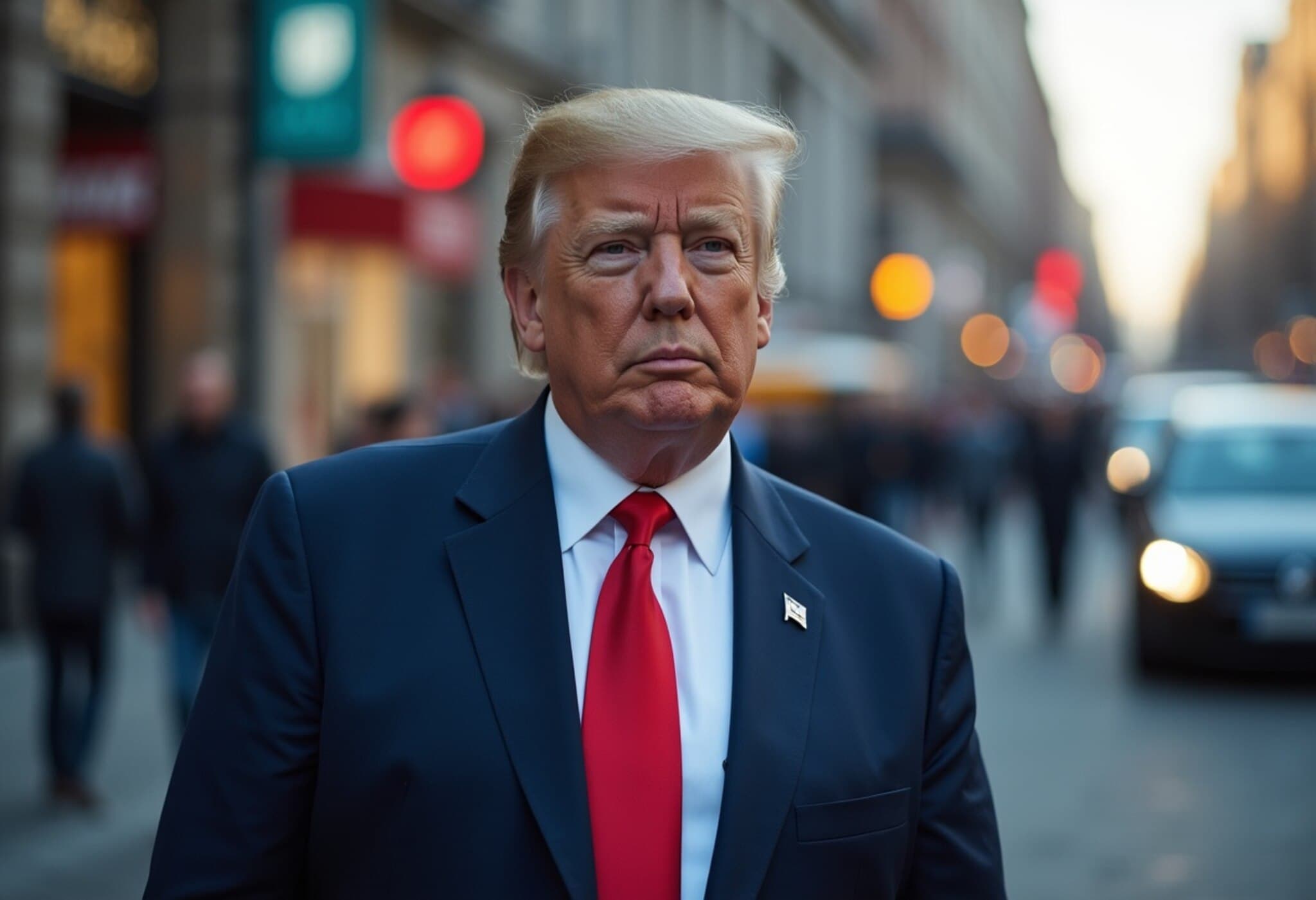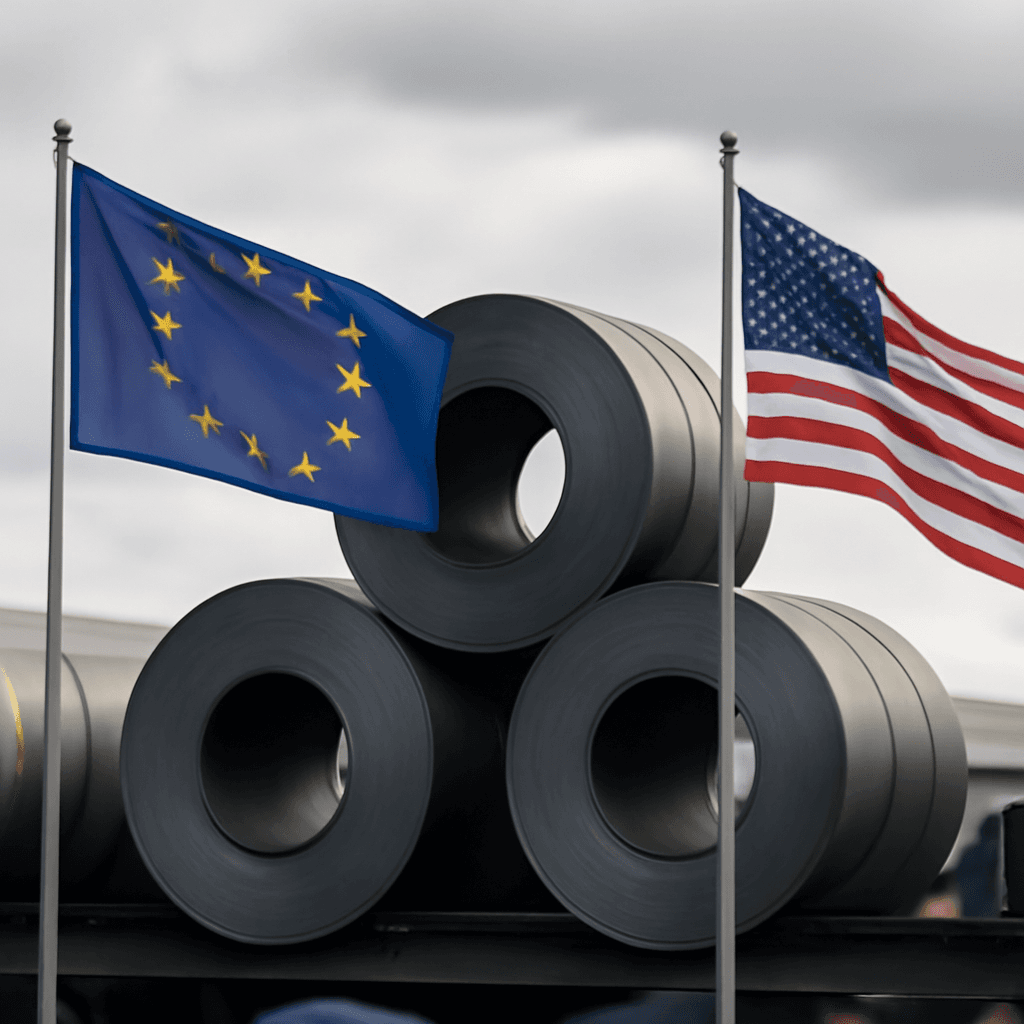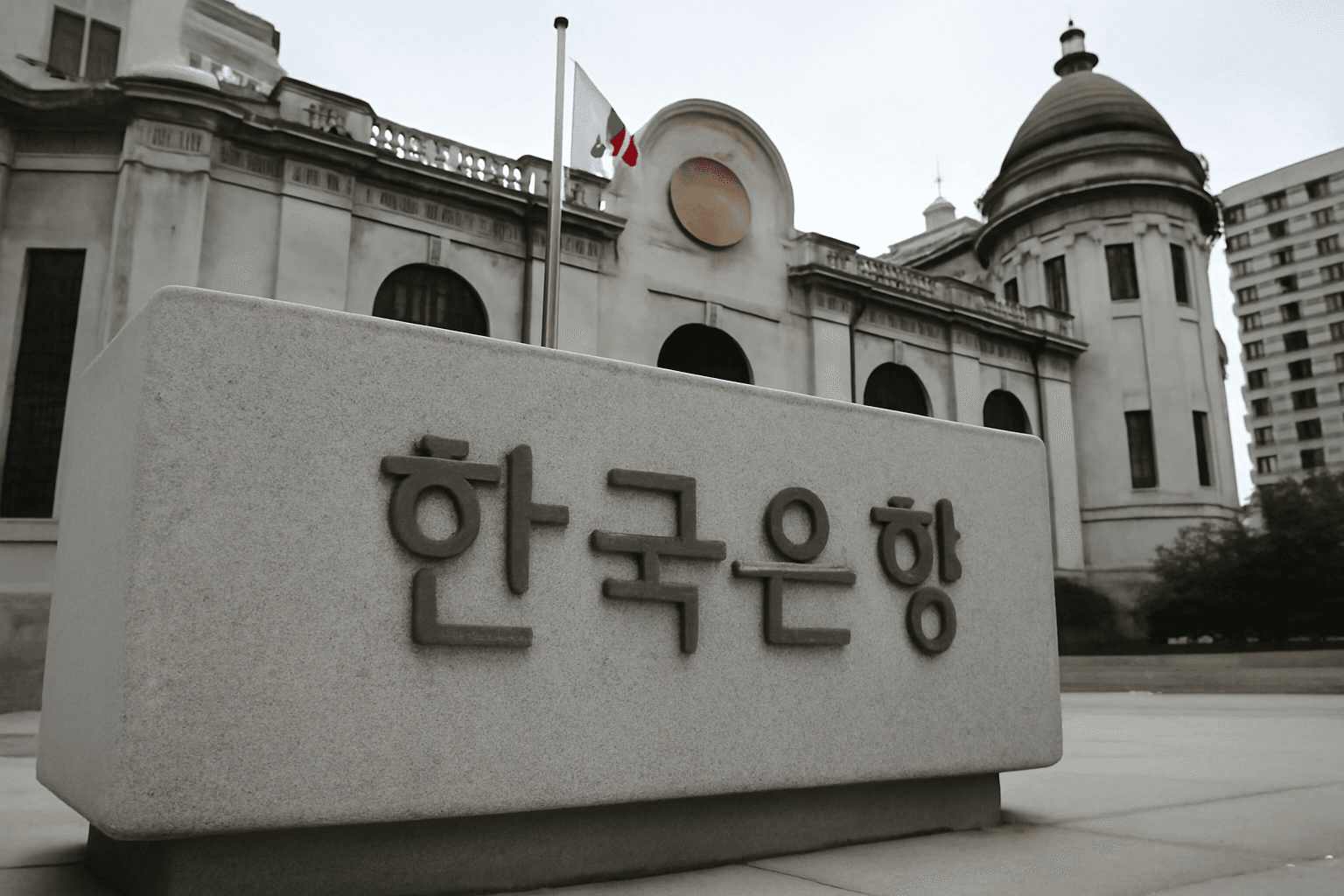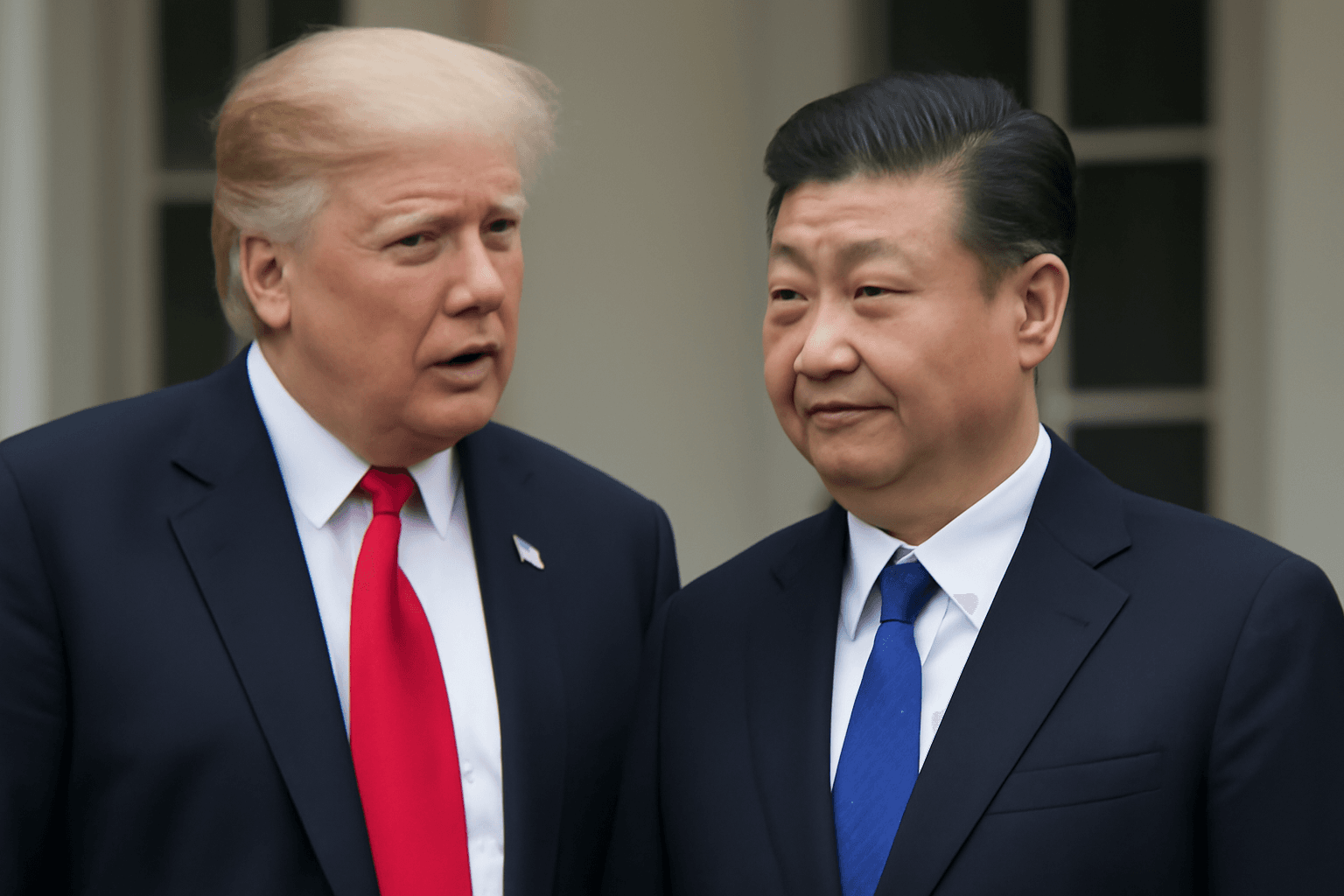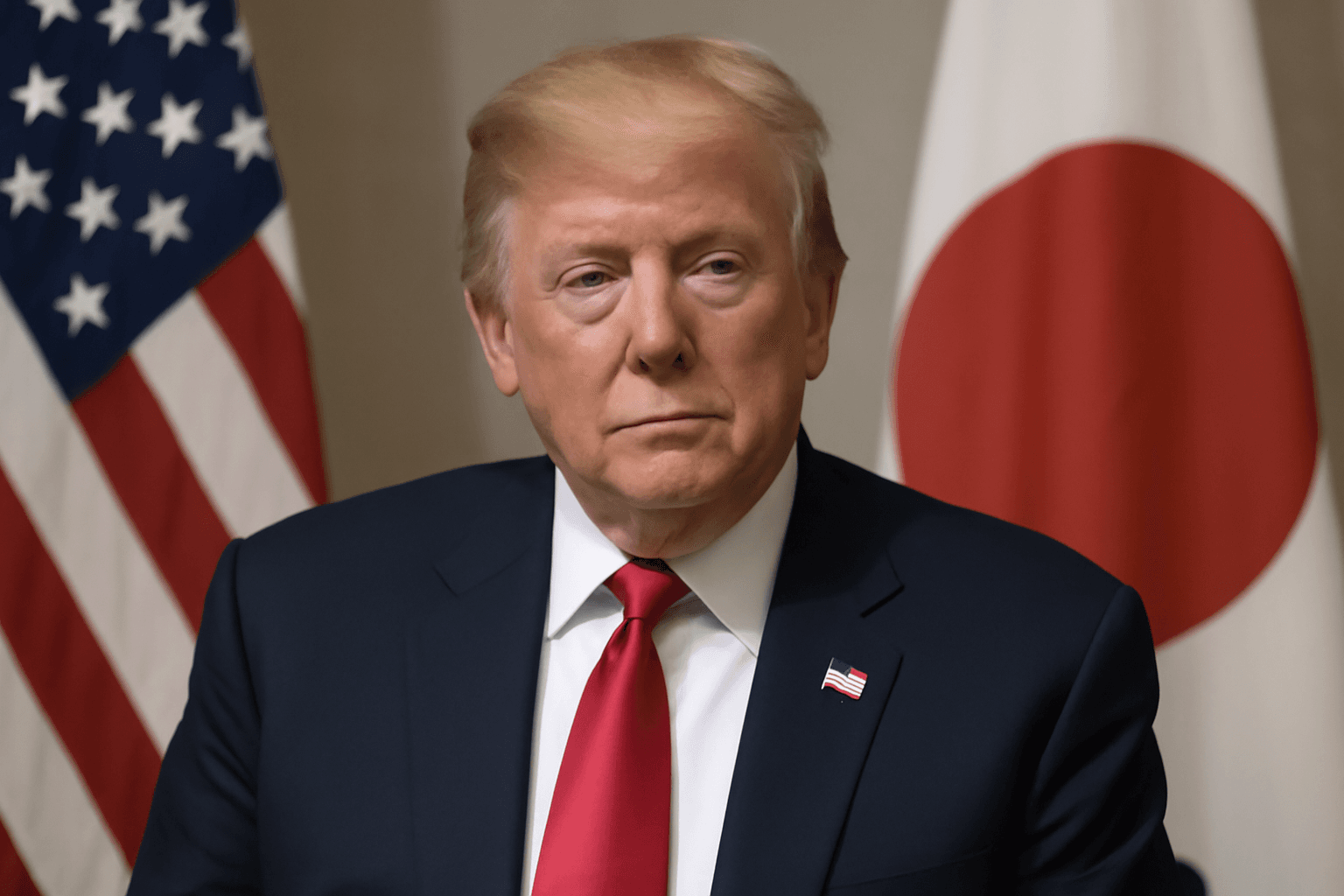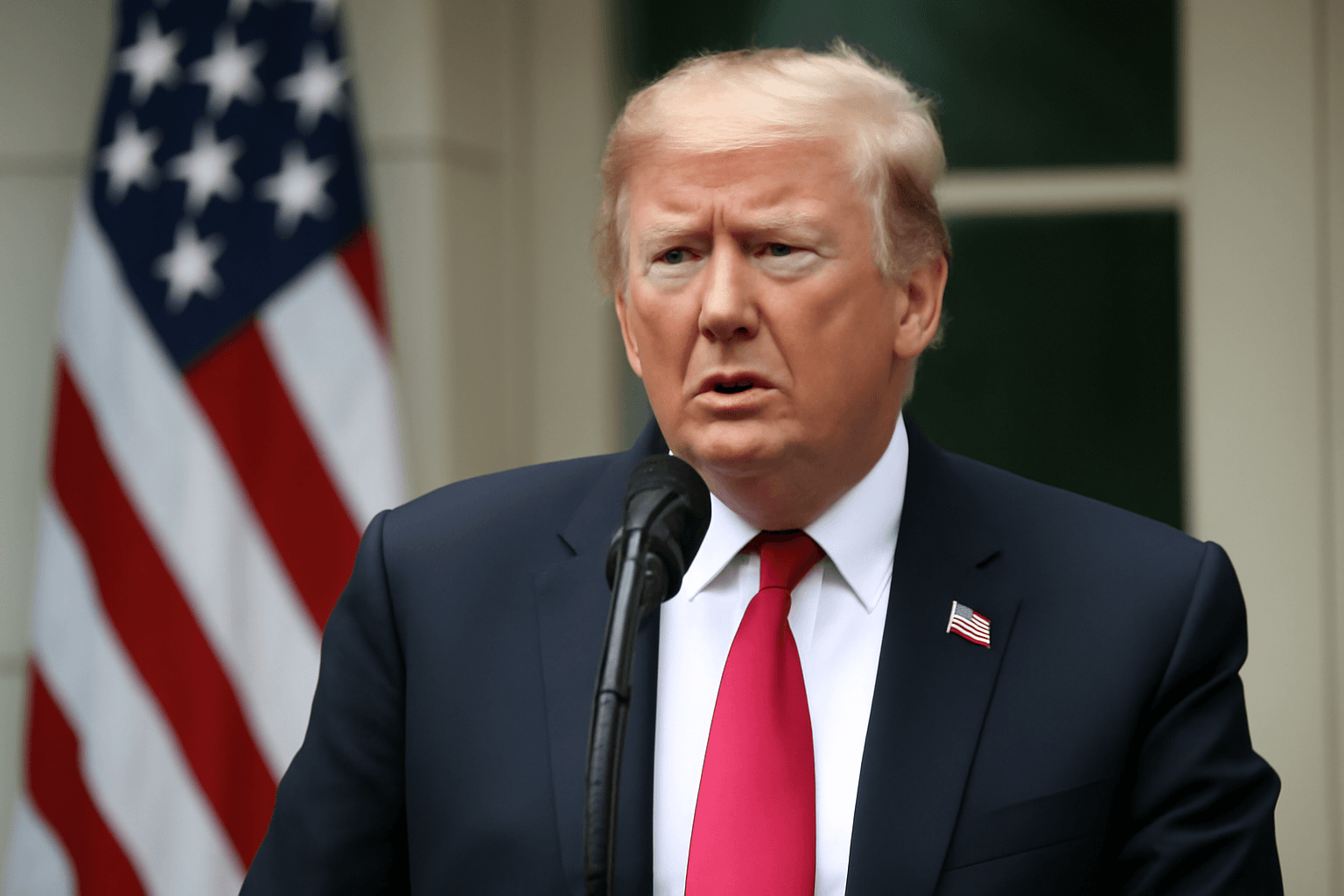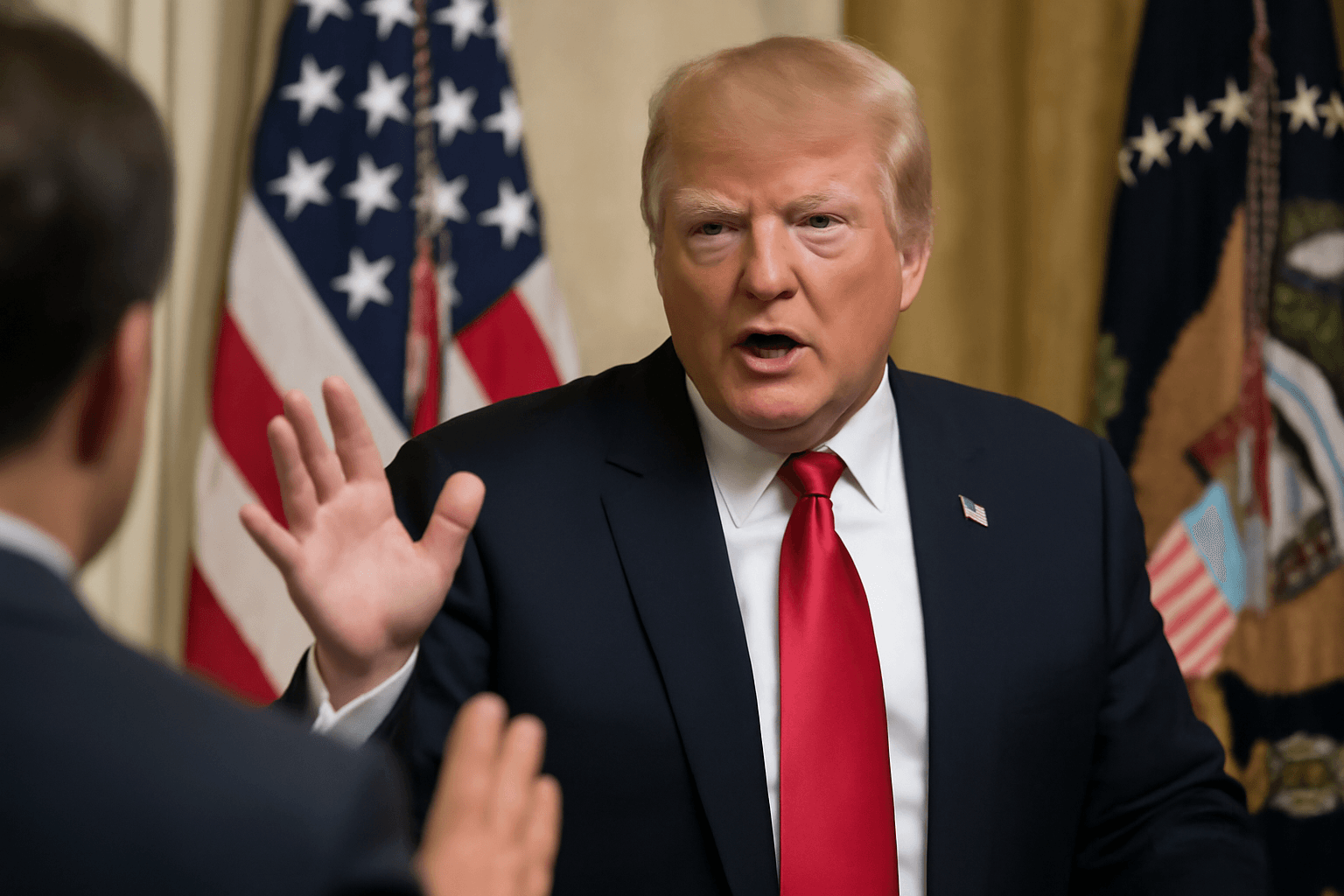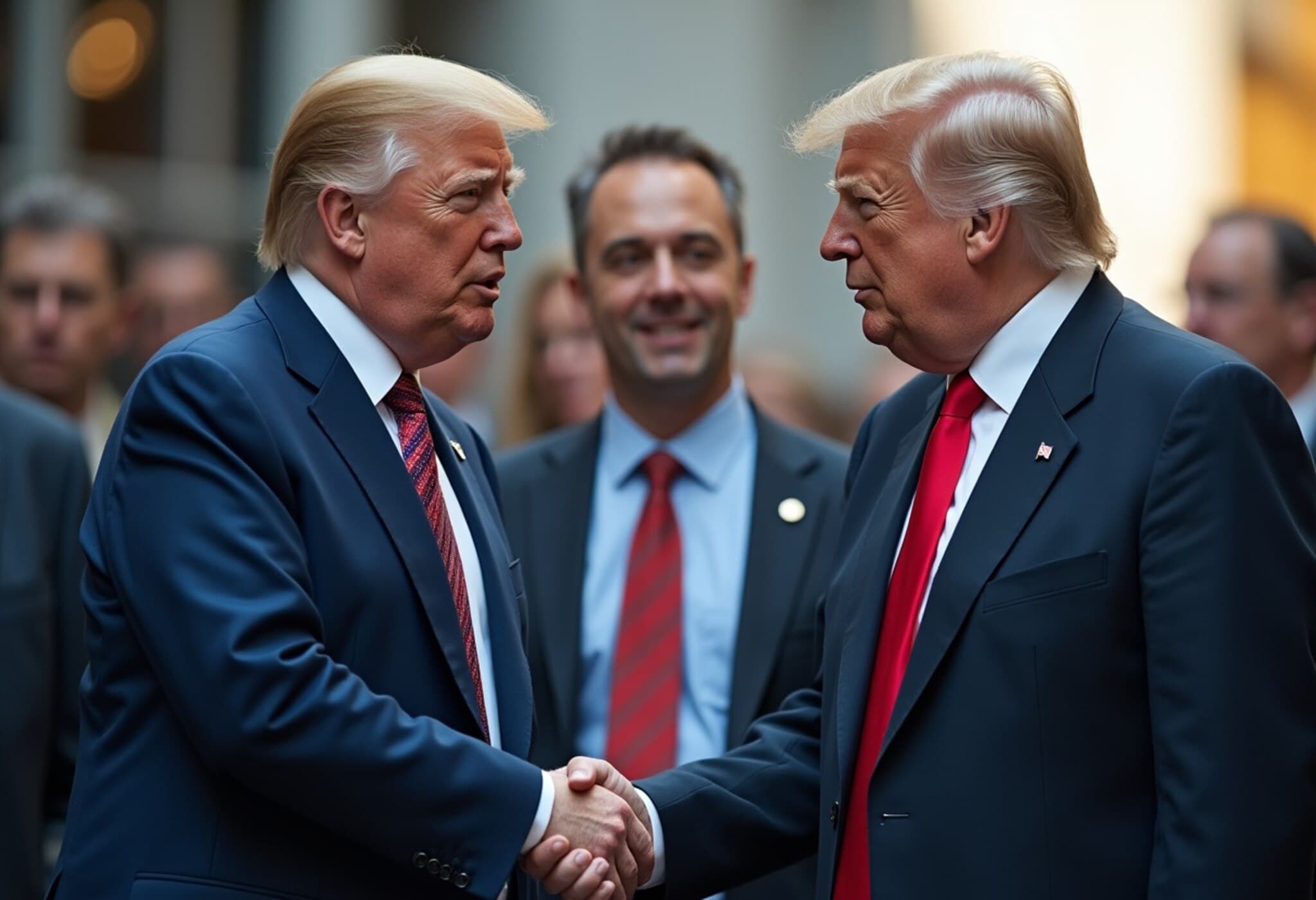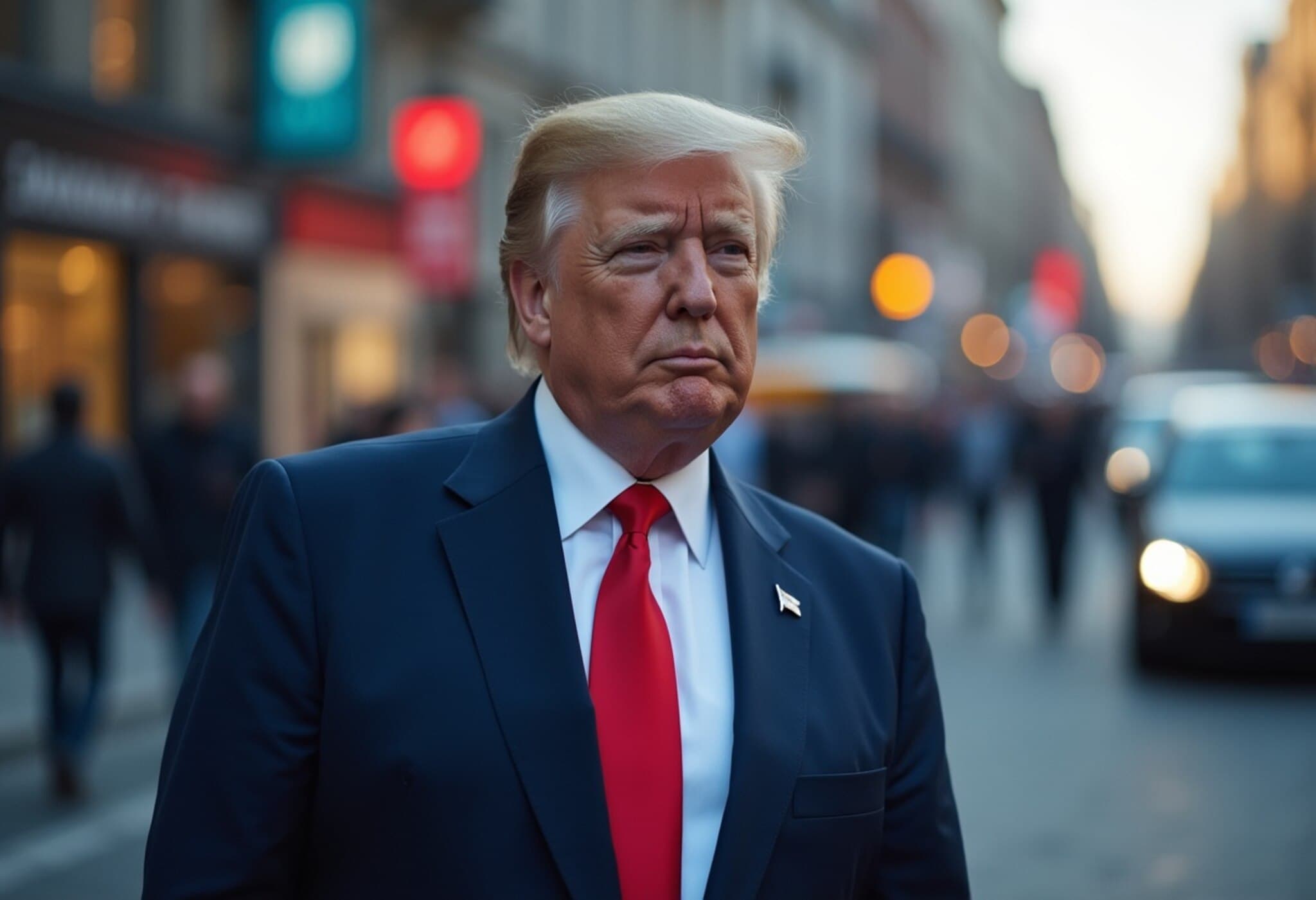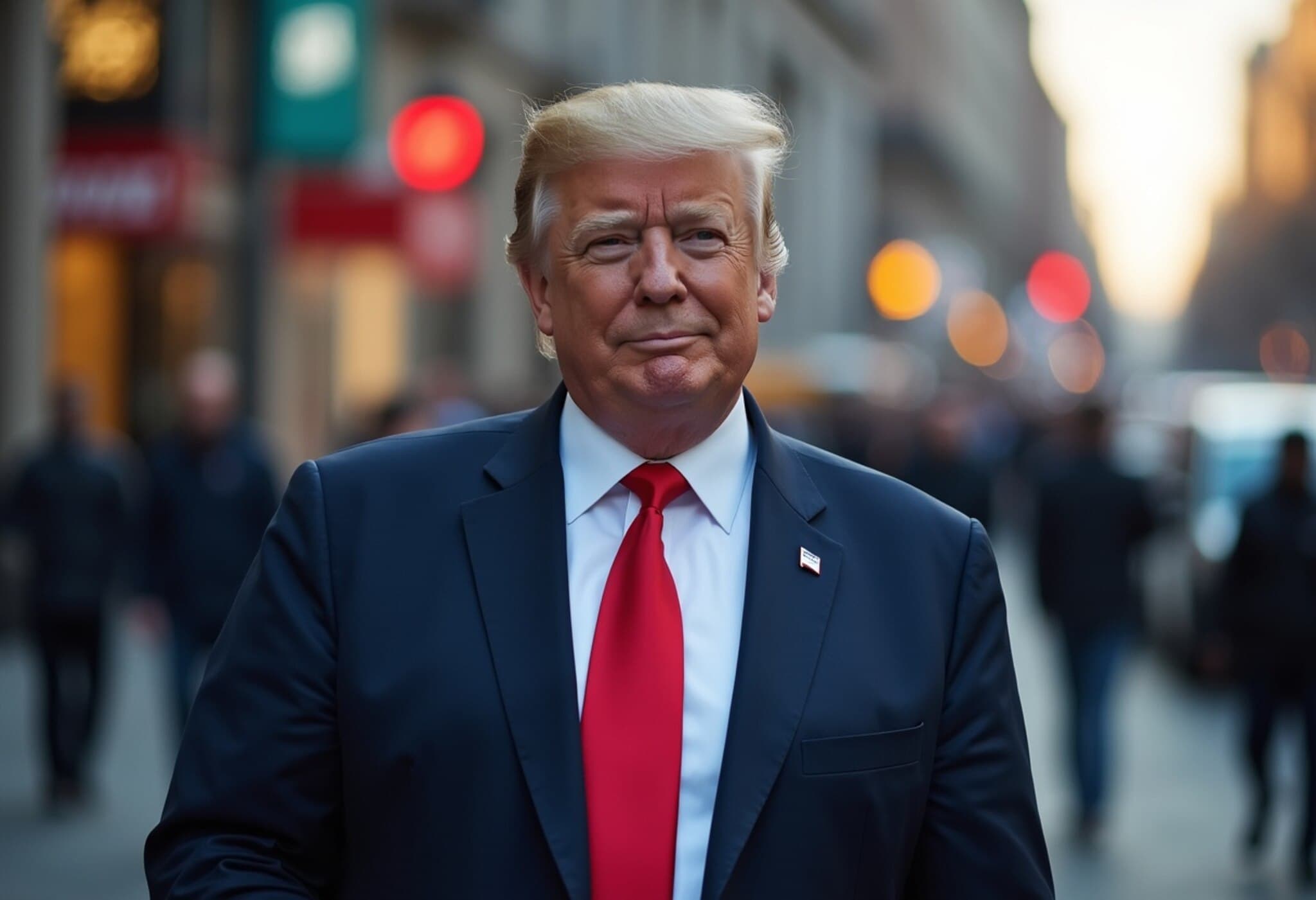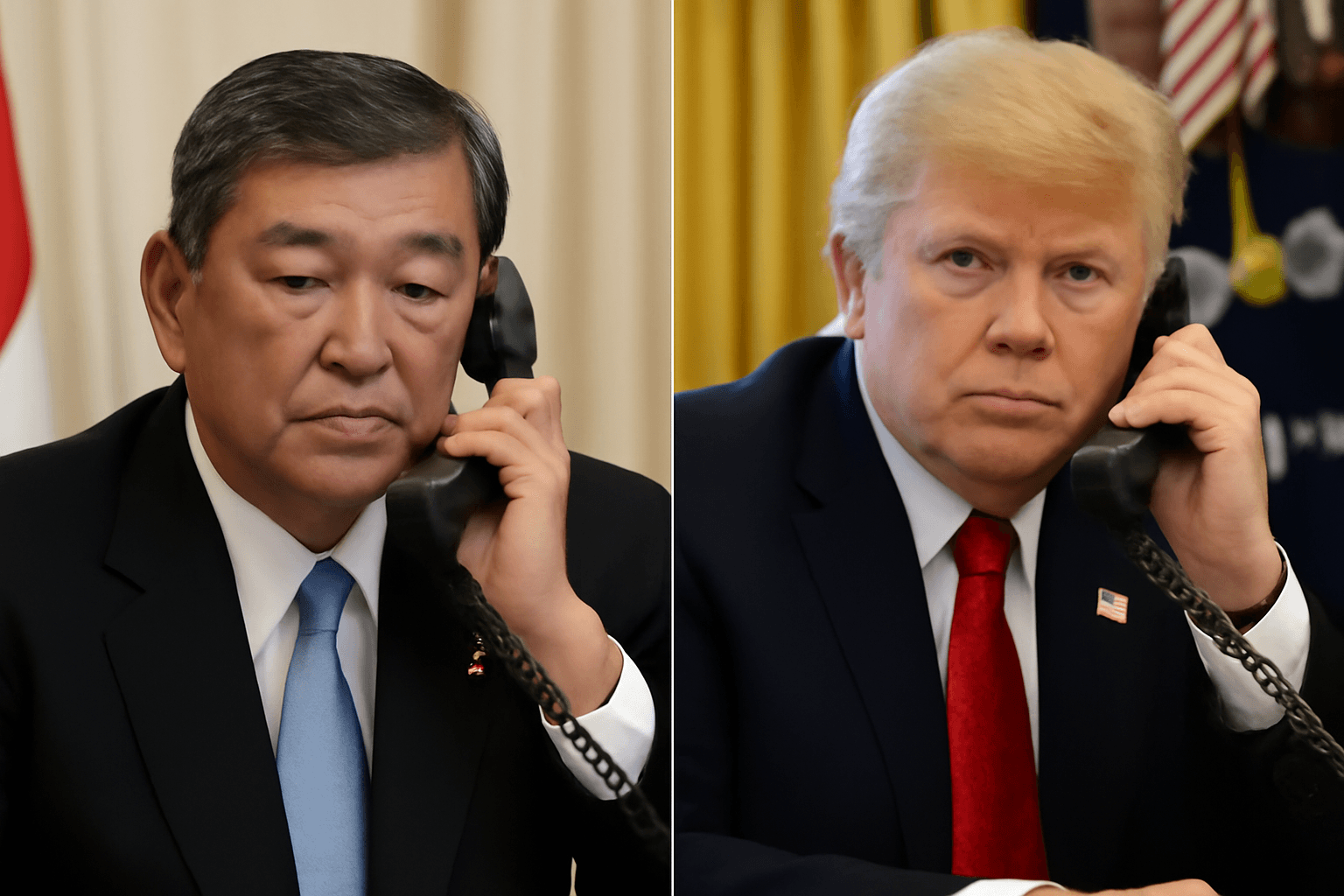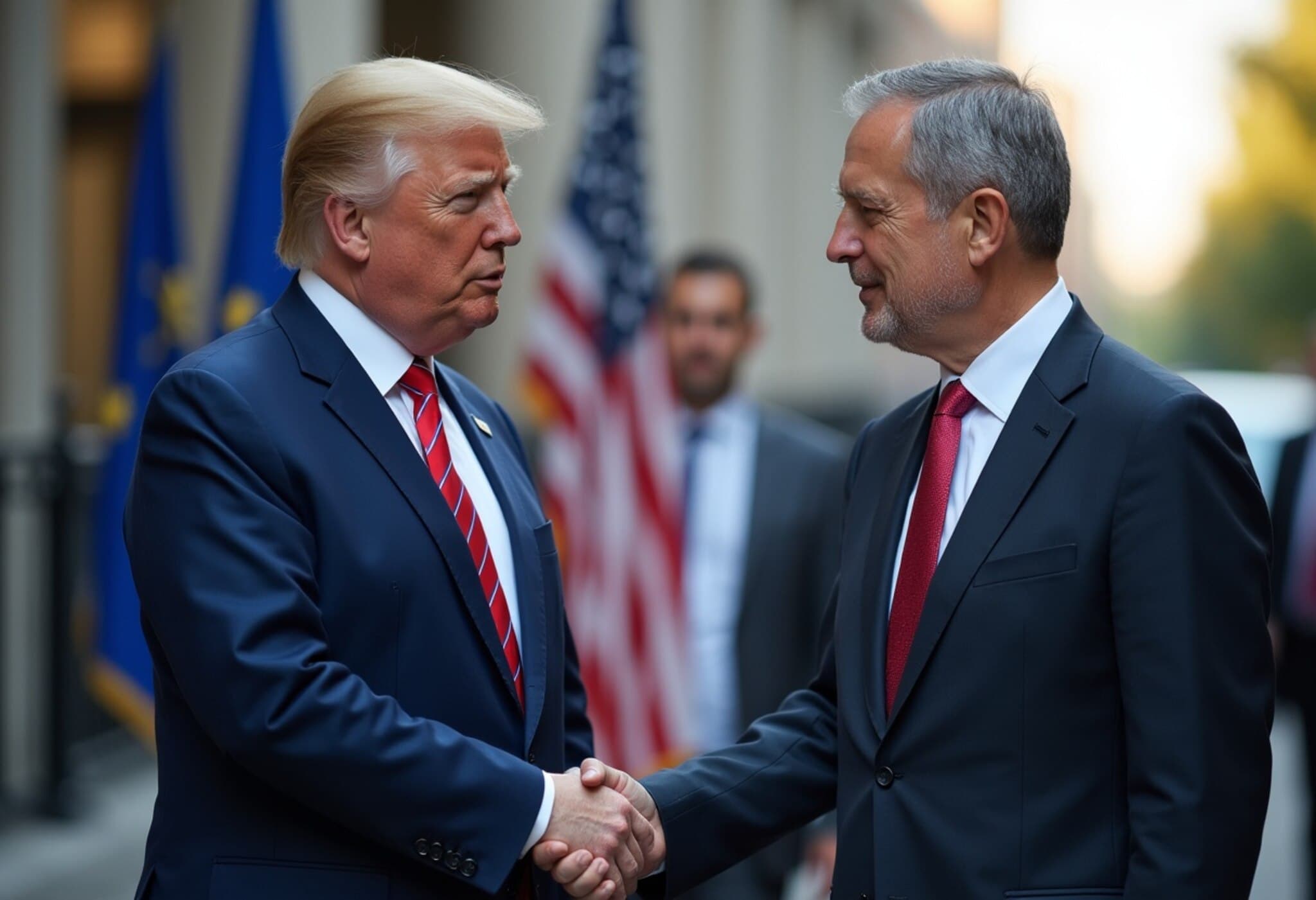EU Strategizes to Avert Tariff Clash with U.S. Before August Deadline
With a looming Aug. 1 deadline set by President Donald Trump threatening to impose a sweeping 30% tariff on European Union goods, Brussels is racing against the clock to secure a favorable trade agreement with Washington. The stakes are high, as the EU and U.S. represent the world’s largest bilateral trading partnership, underpinning nearly 30% of global trade and roughly 43% of global GDP.
Increasing Pressure under Trump’s “Game of Chicken” Tactics
President Trump, known for his aggressive trade stance often characterized as a high-stakes “game of chicken,” has refused to delay the tariff deadline, despite persistent negotiations. White House Press Secretary Karoline Leavitt emphasized that the administration expects the EU to substantially reduce trade barriers that have long been cited as detrimental to American workers and companies.
While some critics jest about the so-called "TACO" phenomenon—“Trump Always Chickens Out”—on tariffs, the current approach signals no willingness to back down this time. The reality, however, remains complex as the EU prepares to counterbalance America’s pressure with a comprehensive strategy.
The EU’s Four-Pronged Response Strategy
Michal Baranowski, Polish Undersecretary of State for Economic Development and Technology, outlined the EU’s multi-layered approach to CNBC, detailing how the bloc aims to navigate these turbulent waters:
- Good-Faith Negotiations: Continue earnest diplomatic efforts with U.S. trade officials to strike a mutually beneficial deal.
- Contingency Planning: Prepare robust countermeasures including tariffs targeting U.S. steel, aluminum, and a €72 billion package of reciprocal tariffs if talks fail.
- International Coordination: Exchange intelligence with other countries impacted by U.S. tariffs to gauge collective challenges and potential alignments.
- Enhancing Competitiveness: Strengthen the EU’s economic resilience and global market position to better withstand trade shocks.
Baranowski stresses that the transatlantic partnership is vital; both sides have equally much to gain or lose, underscoring the importance of resolving trade frictions without escalating into damaging conflicts.
Trade Talks Gain Momentum with High-Level Engagements
European Commission Executive Vice-President Maros Sefcovic recently visited Washington to advance discussions. The EU is desperately seeking to avoid the economic upheaval that a new tariff regime would bring. For export-dependent European industries, particularly the automotive sector, these tariffs risk undermining growth and employment prospects.
Automotive Tariffs: Potential for Tit-for-Tat Reductions
The EU is reportedly considering a concession offer to the U.S. aimed at lowering its 10% tariff on American cars, conditional on Trump’s administration reducing its 25% tariffs on imported vehicles to below 20%. Although the European Commission has declined public comment on this proposal, it signals a pragmatic approach to resolving some of the most contentious trade hurdles.
For European automakers like Sweden’s Volvo, tariffs have already inflicted tangible damage. Volvo’s recent quarterly report revealed a sharp decline in profits, attributed directly to the challenging trade environment in the U.S. market — a bellwether for the industry amidst these escalating tensions.
Context and Broader Implications
The Trump administration’s focus on rebalancing trade deficits resonates with many American workers feeling left behind by globalization. Still, economists warn that indiscriminate tariffs may backfire by increasing costs for consumers and disrupting integrated supply chains.
This trade saga also raises critical questions about the global rules-based order and the durability of long-standing alliances in an era of rising economic nationalism. The prospect of a fractured transatlantic partnership could have ripple effects beyond trade, affecting regulatory cooperation, security collaboration, and diplomatic relations.
Looking Ahead: Can Diplomacy Prevail?
With less than two weeks before the potential imposition of steep tariffs, the clock is ticking for negotiators on both sides to find common ground. The EU’s calculated mix of diplomacy and preparedness reflects lessons learned from previous tariff battles and a commitment to preserving a vital economic relationship.
Editor’s Note
This unfolding trade confrontation encapsulates the modern tensions between protectionism and open markets, sovereignty and global interdependence. Readers should consider how increasing tariff barriers might affect not only prices and jobs but also the broader geopolitical landscape. Will the EU’s measured strategy succeed in diffusing this trade standoff, or is a new era of economic friction inevitable? The answers will shape the future of transatlantic cooperation for years to come.

